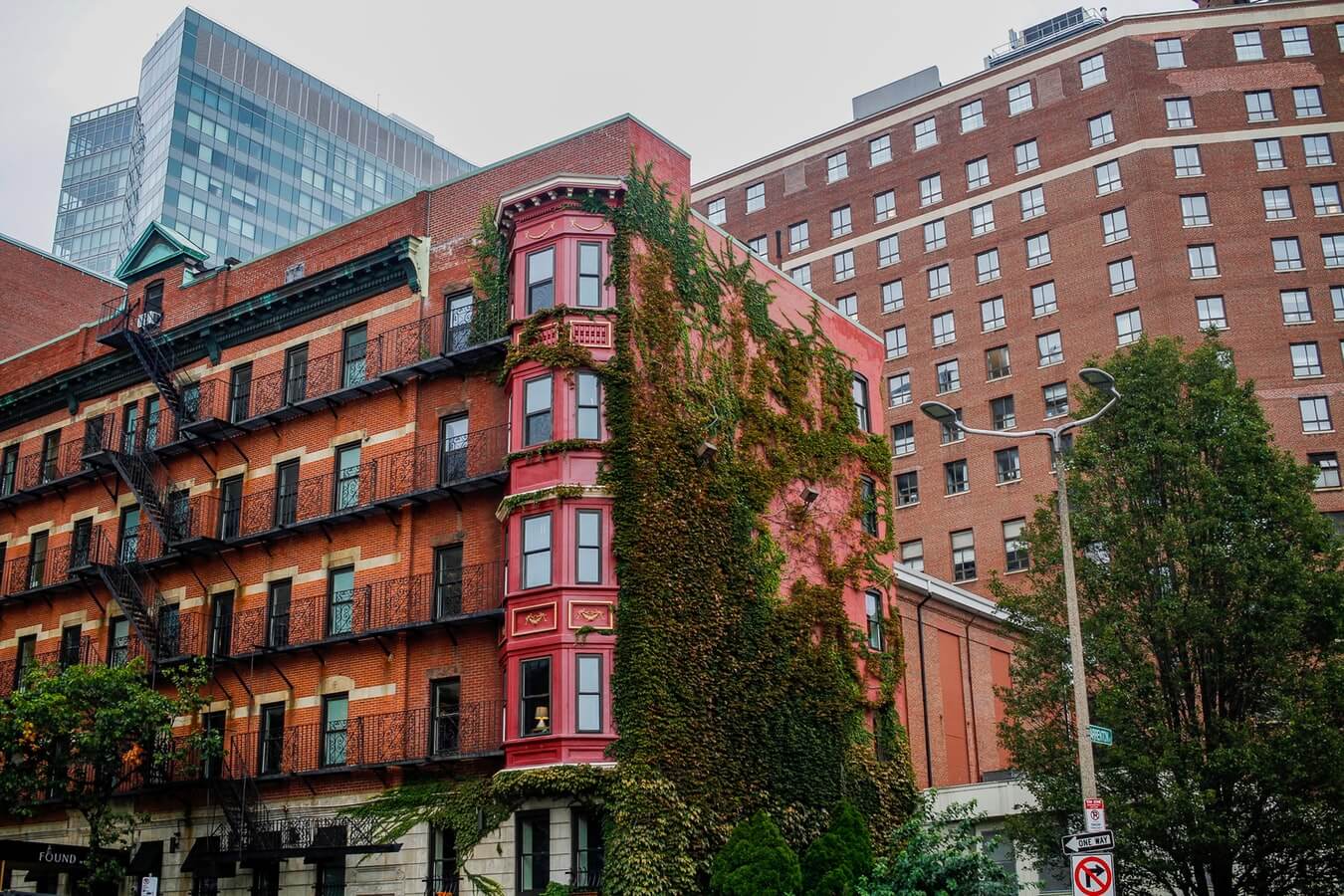3 Tips For Renovating Your Home After Water Damage
Water cleanup services cost $3.75 to $7.00 per square foot. Depending on the water damage, repairs can cost $450 to $7,000, according to Home Advisor. If you experience water damage due to natural disasters or plumbing failure, restoring your property is never easy. The financial impact caused by water damage will lead to a lot of stress if you are uninsured or your coverage won't cover flood damages.
If you are lucky to have a landlord's home insurance policy, make sure to notify your insurance company before taking any action. Nonetheless, your priority should be keeping your family safe from health hazards, regardless of whether you have flood insurance. Therefore, take action immediately to avoid further water damage, saturation, and mold from growing.

Find a Water Restoration Company
According to the Sarkinen Water Damage Restoration service, immediate action is crucial when dealing with water damage. While it is tempting to attempt fixing the problem yourself, flood damage poses health risks. It is a general requirement that stagnant water is pumped out within 48 hours to prevent unhealthy organisms from spreading in your premises. That is why hiring a reliable water damage repair professional is essential.
A well-trained and experienced team will take the necessary steps to remove damaged structures like drywall and flooring in the interitor as well as exterior items such as doors and gate post brackets. They will also move out unsalvageable items and then use advanced equipment to dry the flooded area. Restoration experts will utilize dehumidifiers to eliminate moisture, which contributes to the growth of molds. Dehumidifying also helps improve the air quality in your home and restores humidity to its normal state.
Map Moisture, Inspect and Remove Mold
After restoration, it is critical to have your house inspected for mold. So hire an inspector to map the moisture using infrared and imaging equipment to avoid additional damages to the floors and walls. Identifying moisture is the first step to treating mold and mildew in your home.
Water restoration experts recommend repairing the water problem, cleaning up by deodorizing, disinfecting, and drying residual stagnant water. These water and mold removal methods will not only remove mold spores but also eliminate airborne contaminants and bad odor.
Remodel Critical Spaces
Kitchen and bathrooms are sources of moisture and airborne pollutants even under typical circumstances because of the many drains and plumbing fixtures present. When floods occur, you are likely to experience severe damages in these spaces. Although flood remediation is costly, take the opportunity to make some significant upgrades. Kitchen and bathroom renovations will help you address plumbing problems that lead to flooding through waterproofing and ventilation systems.
Other areas you should consider upgrading include walls, flooring, and exteriors. For the floors, replace carpeting with floating floors or hardwoods. It would help if you also secured interior walls with water-resistant materials. Fiberglass wall insulation might be a popular choice, but they quickly soak water when your home floods. Therefore, install extruded polystyrene foam boards for wall insulation. Alternatively, choose a cement wall to replace the drywall since it doesn't soak water and decorate the walls with art or colorful wallpaper.